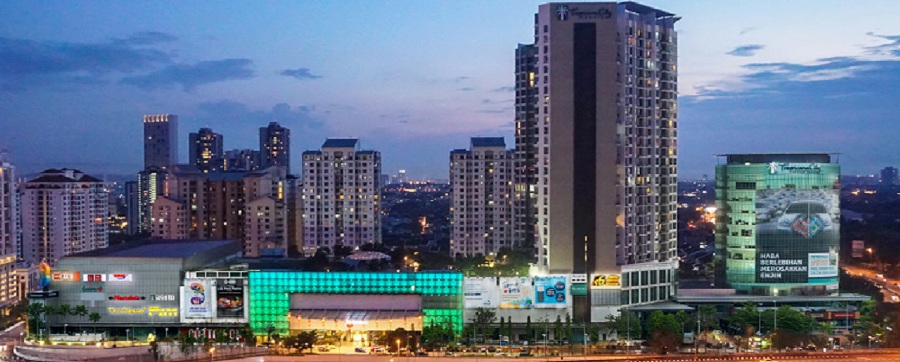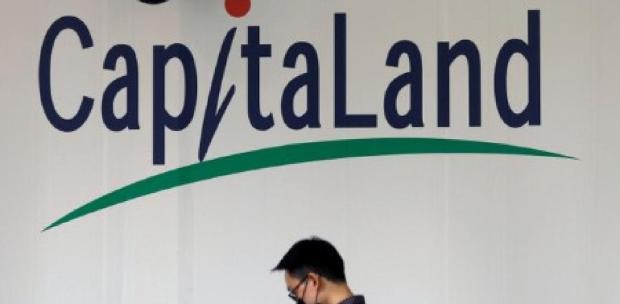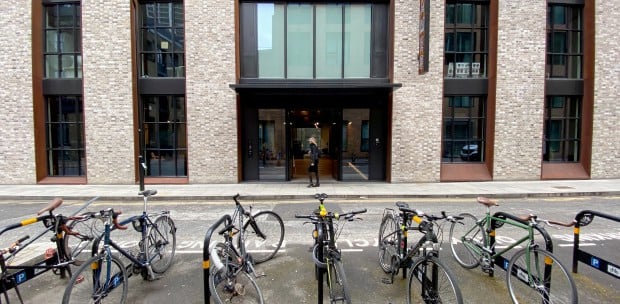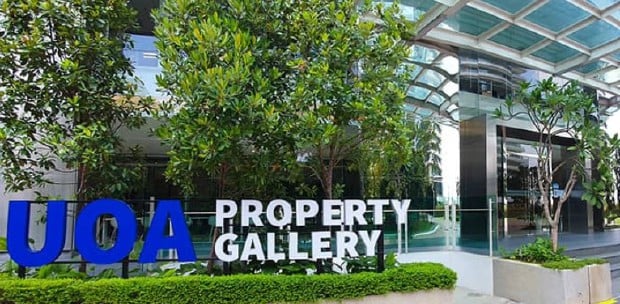CapitaLand Malaysia Trust (CLMT), a Malaysian shopping mall-focused real estate investment trust (REIT), reported an 81.6 percent portfolio occupancy as of September 30, 2021.
CapitaLand Malaysia REIT Management Sdn Bhd chief executive officer Low Peck Chen said that shopper traffic for the nine months was 29.5 per cent lower year-on-year.
According to her, the operational challenges posed by the various safety measures enacted beginning in June 2021 have continued to have an impact on CLMT's financial performance and tenants' business operations.
She said that shopper traffic began to improve in September 2021, following the resumption of dine-in services.
"We expect this trend to continue as domestic tourism activities and interstate travel picks up in the following quarter," Low said in a filing with Bursa Malaysia today.
With a net lettable area of roughly 3.1 million square feet, CLMT's portfolio comprises five shopping malls and a complementary office block, namely Gurney Plaza in Penang; a majority interest in Sungei Wang Plaza in Kuala Lumpur; 3 Damansara and 3 Damansara Office Tower in Petaling Jaya; The Mines in Seri Kembangan; and East Coast Mall in Kuantan, Pahang.
The total asset value of CLMT is about RM4 billion, according to its website.
CLMT is managed by CapitaLand Malaysia REIT Management - a joint venture between Singapore-listed CapitaLand Investment and Malaysian Industrial Development Finance Bhd.
Low said that CLMT continued to extend targeted rental relief to support eligible tenants to help alleviate their cash flow and operating difficulties.
CLMT's net property income for the nine months ended September 30, 2021, fell 29.7 per cent to RM69.9 million from RM99.5 million in the same period last year.
This was mainly attributed to a lower gross rental income and higher rental relief for eligible tenants, resulting from more frequent and extended movement controls during the period compared to the previous year.





